Expert Tips for Window Replacement Maintenance

Maintaining newly replaced windows is crucial for homeowners looking to maximize their investment and energy efficiency. From ensuring proper sealing to keeping the hardware in top shape, window care extends beyond simply wiping down the glass. Even Energy Star-rated windows require attention to detail, from the floor-level sills to the uppermost frames. In this article, we’ll explore practical tips to help you extend the life of your windows, including when to tighten a loose screw or upgrade a home appliance to complement your window’s performance.
Key Takeaways
- Regular inspections and maintenance extend the lifespan of newly replaced windows
- Proper sealing and weatherproofing protect against moisture intrusion and air leaks
- Upgrading hardware and security features improves window functionality and home safety
- Energy-efficient films and coatings can enhance window performance and reduce energy costs
- Setting a timeline for future replacements helps homeowners plan and budget effectively
Identifying When Your Windows Need Replacement
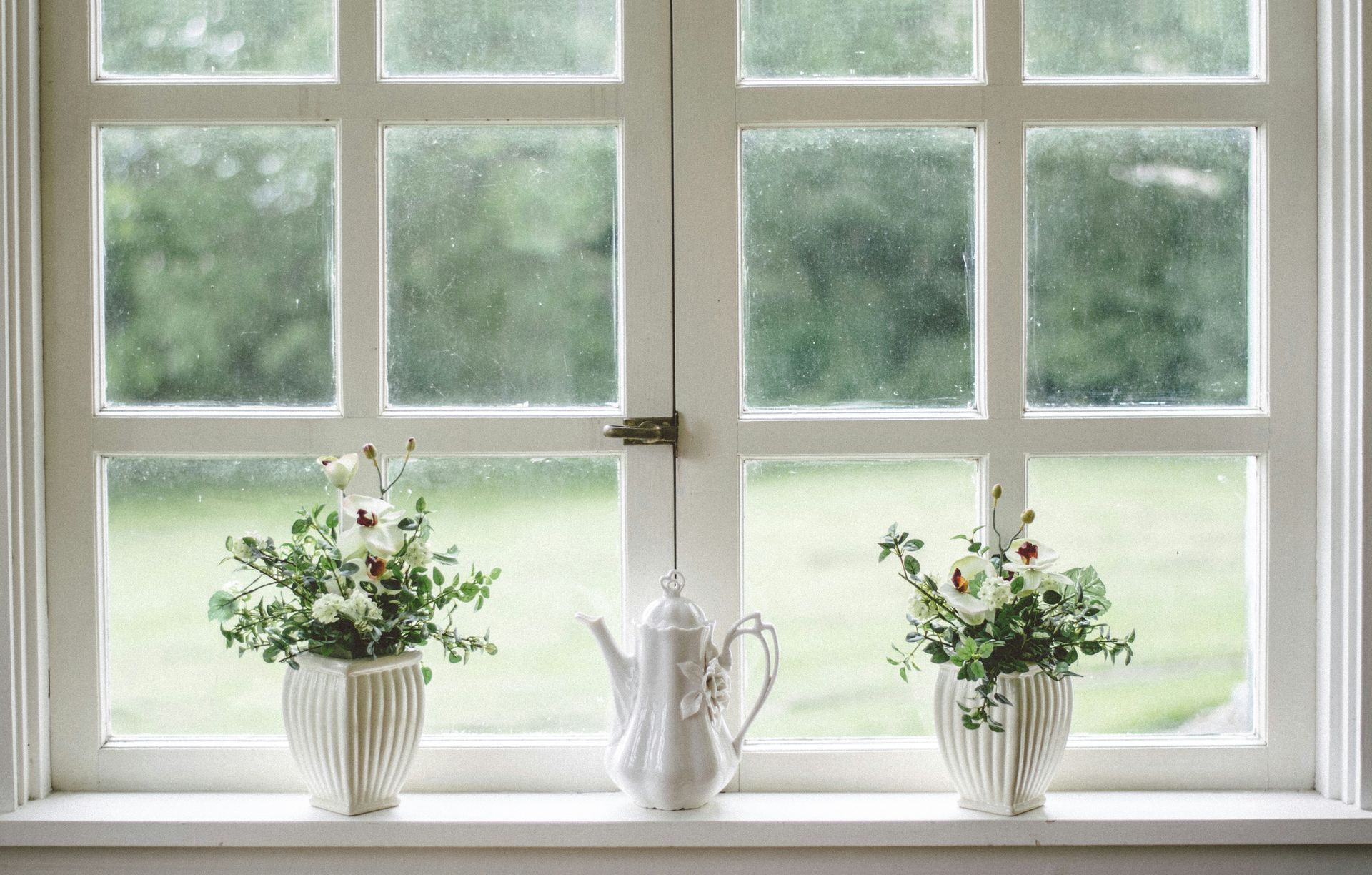
Maintaining newly replaced windows is crucial for preserving their functionality, enhancing energy efficiency, and protecting the health of occupants. Regular inspections can help homeowners identify potential issues before they escalate, ensuring optimal performance and curb appeal. Key areas to examine include drafts and leaks around frames, fogging between double-glazed panes, visible damage or warping, and overall window operation. By addressing these aspects promptly, homeowners can maximize their windows’ lifespan, regulate indoor temperatures, and reduce ultraviolet light penetration, ultimately creating a more comfortable living space.
Check for Drafts and Leaks Around Frames
Homeowners should regularly inspect their windows for drafts and leaks around the frames to maintain energy efficiency and comfort. These issues can increase utility costs by forcing air conditioning systems to work harder. If persistent drafts or leaks are found, it may be time to consider window replacement services as part of a broader renovation project to improve the home’s overall energy performance.
Inspect for Fogging Between Double-Glazed Panes
Homeowners should check for fogging between double-glazed panes, which indicates a seal failure. This issue allows moisture to penetrate the space between the glass layers, compromising the window’s insulation properties and potentially leading to mold growth. If fogging persists, professional waterproofing or replacement of the affected panes may be necessary to restore the window’s functionality and prevent further damage to the surrounding paint or frame.
Look for Noticeable Damage or Warping
Homeowners should inspect their windows for visible damage or warping, which can compromise energy efficiency and security. Warped frames may indicate water damage to surrounding drywall, necessitating repairs beyond simple window replacement. In such cases, consulting a professional glazier can help determine if retrofitting or full window replacement is the most cost-effective solution, considering factors like door replacement and overall window replacement cost.
Assess Overall Window Operation and Ease of Use
Homeowners should evaluate their windows’ overall operation and ease of use regularly. Sticky or difficult-to-open windows may indicate issues with framing or hardware, potentially leading to increased condensation and energy loss. This problem can affect various areas of the home, including bathrooms, where moisture control is crucial. While high-quality brands offer durable solutions, even these may require maintenance or replacement over time to maintain optimal performance and cost-efficiency.
Selecting the Right Windows for Long-Term Durability

Selecting windows that offer long-term durability is crucial for homeowners looking to maximize their investment and minimize future maintenance costs. The right choice can enhance a home’s energy efficiency, prevent mold growth, and complement architectural features like bow windows or rooflines. Understanding different window materials, their lifespans, and energy efficiency ratings can help homeowners make informed decisions that align with their budget and aesthetic preferences. By gaining knowledge about these factors, homeowners can select windows that not only improve their home’s appearance but also potentially increase its resale value and earn energy-saving tax credits.
Understand the Different Materials and Their Lifespans
Different window materials offer varying lifespans and performance characteristics. Vinyl windows reduce noise transmission and last 20-40 years, while wood frames provide excellent insulation but require more maintenance. Fiberglass windows offer superior durability, lasting up to 50 years with minimal upkeep. Aluminum frames are lightweight and affordable but conduct heat, potentially impacting ceiling temperatures. When considering window replacement, homeowners should gather information on each material’s pros and cons, factoring in the manufacturer’s reputation for quality and customer service:
| Material | Lifespan (Years) | Maintenance | Insulation |
|---|---|---|---|
| Vinyl | 20-40 | Low | Good |
| Wood | 30-50 | High | Excellent |
| Fiberglass | 40-50 | Low | Very Good |
| Aluminum | 20-30 | Low | Poor |
Consider Energy Efficiency Ratings for Cost Savings
Energy efficiency ratings play a crucial role in selecting windows that offer long-term cost savings. Homeowners should consider factors such as U-factor and Solar Heat Gain Coefficient when choosing windows, as these ratings impact heating and cooling costs. Skilled carpentry work during installation ensures proper sealing, further enhancing the windows’ ability to regulate heat transfer and maximize energy savings.
Choose Windows That Complement Your Home’s Architectural Style
Selecting windows that complement a home’s architectural style enhances curb appeal and can increase property value. Homeowners should consider various window types, such as awning or double-hung, ensuring they match the overall design aesthetic while also providing functionality. For specific questions about window styles and their suitability, consulting a professional or reviewing a comprehensive FAQ can save time and money in the long run, helping homeowners avoid costly mistakes in glass selection or installation fees.
Professional Installation vs. DIY: Making the Right Choice
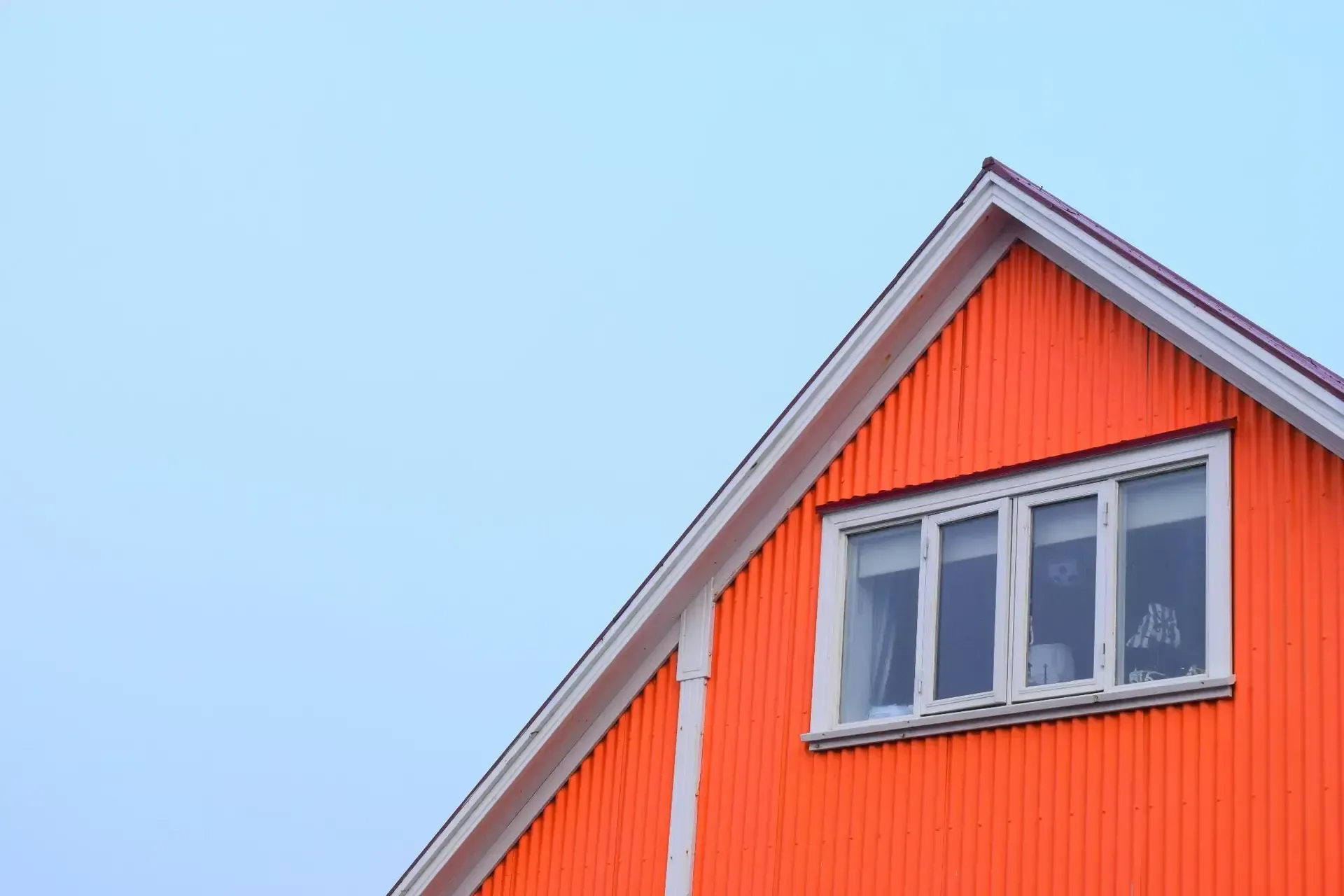
Deciding between professional installation and DIY for window replacement involves weighing several factors. Homeowners must evaluate the project’s complexity, considering potential water damage risks and the need for proper ventilation. Professional services offer expertise in handling both windows and doors, ensuring correct installation and sealing. DIY enthusiasts should assess their skills and available tools, recognizing that improper installation can lead to issues with plastic components and void warranties. Understanding these aspects helps homeowners make an informed decision that balances cost savings with long-term window performance and support.
Evaluate the Complexity of Window Replacement
Window replacement complexity varies depending on factors like the manufacturing process, window type, and installation location. A simple sliding glass door replacement might be manageable for a skilled DIY enthusiast, while a complex window installation could require professional expertise. Homeowners should consider their budget, skills, and time constraints when deciding between DIY and professional installation, as improper installation can lead to issues that negate any potential cost savings from a “big bang” DIY approach.
Consider Warranty Implications and Future Support
Homeowners should carefully consider warranty implications and future support when deciding between professional installation and DIY for window replacement. Professional window installation often comes with comprehensive warranties that cover both materials and labor, providing peace of mind against issues like stucco damage or metal frame corrosion caused by rain. Effective communication with installers ensures proper documentation and understanding of warranty terms, safeguarding the investment in new windows and potentially saving money on future repairs or replacements.
Understand the Tools and Skills Required for DIY Installation
DIY window installation requires a specific set of tools and skills. Homeowners need tools like pry bars, levels, caulking guns, and foam insulation for proper installation, especially when working in tight spaces like attics. Skills in carpentry, measuring, and understanding low emissivity glass properties are essential for installing replacement windows correctly. Manufacturers often provide detailed instructions, but DIY installers must be prepared to handle unexpected challenges and ensure proper sealing to maximize energy efficiency.
Proper Care and Maintenance for Extended Window Life

Proper care and maintenance are essential for extending the life of newly replaced windows. Regular upkeep not only preserves the aesthetics of a property but also ensures optimal performance and energy efficiency. Homeowners should incorporate window maintenance into their routine lawn care and property management tasks. This includes cleaning glass and frames, lubricating moving parts, and checking weather-stripping to prevent air leaks. Whether the windows are made of fiberglass, vinyl, or installed in brick structures, these maintenance practices help maintain their functionality and appearance over time.
Regular Cleaning of Glass and Frames
Regular cleaning of glass and frames is crucial for maintaining the appearance and functionality of newly replaced windows. Homeowners should use gentle, non-abrasive cleaners to protect any special coatings on the glass, preserving their energy-efficient properties and environmental protection benefits. Cleaning frames according to manufacturer guidelines helps ensure the warranty remains valid and can prevent the need for costly repairs or replacements, potentially saving money on home improvement loans. Those with limited experience in window maintenance may benefit from professional cleaning services to achieve optimal results:
| Cleaning Aspect | Frequency | Tools / Materials |
|---|---|---|
| Glass | Monthly | Evans |
| Frames | Quarterly | Soft brush, manufacturer-approved cleaner |
| Tracks | Bi-annually | Vacuum, lubricant |
| Hardware | Annually | Silicone spray, rust inhibitor |
Lubricating Moving Parts Annually
Annual lubrication of moving parts ensures smooth operation and extends the lifespan of newly replaced windows and doors. Homeowners should apply a silicone-based lubricant to hinges, tracks, and locks, paying special attention to casement windows that experience frequent use. This simple maintenance task not only preserves the aesthetics of the windows but also contributes to a better return on investment by preventing premature wear and tear. An expert recommends focusing on areas that experience friction to maintain optimal functionality and energy efficiency.
Checking and Replacing Weather-Stripping as Needed
Checking and replacing weather-stripping is crucial for maintaining energy efficiency and preventing drafts in newly replaced windows. Homeowners should inspect weather-stripping annually, looking for signs of wear or damage, especially in polyvinyl chloride (PVC) frames which may experience pressure changes due to temperature fluctuations. Companies offer marketing materials that highlight the importance of proper weather-stripping maintenance, emphasizing its role in preserving window performance and reducing energy costs. When replacement is necessary, homeowners should choose high-quality materials compatible with their window type to ensure a proper seal:
| Weather-stripping Type | Lifespan | Best For |
|---|---|---|
| Foam Tape | 3-5 years | Irregularly shaped gaps |
| V-Strip | 5-10 years | Double-hung windows |
| Felt | 1-2 years | Low-traffic areas |
| Silicone | 10+ years | Extreme temperatures |
The Importance of Correct Sealing and Weatherproofing

Correct sealing and weatherproofing are crucial for maximizing the lifespan and efficiency of newly replaced windows. Whether homeowners opt for vinyl window replacement or other materials, proper sealing protects against moisture intrusion and air leaks, which can compromise energy efficiency and lead to structural damage. The choice of sealant and weatherproofing methods should consider factors such as the local climate and the window brand’s specific requirements. Regular inspections and maintenance of these protective barriers ensure that home window replacements continue to perform optimally, safeguarding the investment and maintaining a comfortable indoor environment.
Identify and Apply the Right Type of Caulking
Identifying and applying the right type of caulking is crucial for maintaining window efficiency and enhancing interior design. Homeowners should choose caulk based on the window material, such as silicone for wood frames or polyurethane for metal. When applying caulk, use a ladder for safe access and ensure a clean, dry surface for optimal adhesion. The same principles apply to other openings like garage doors, where proper sealing contributes to overall home energy efficiency:
| Caulk Type | Best For | Lifespan |
|---|---|---|
| Silicone | Glass, metal, plastic | 20+ years |
| Polyurethane | Concrete, wood | 10-20 years |
| Acrylic Latex | Interior gaps | 5-10 years |
| Butyl Rubber | Metal roofing | 10+ years |
Ensure Adequate Sealing Around the Window Frame
Ensuring adequate sealing around the window frame is crucial for protecting the investment in new windows and maintaining the integrity of the home’s construction. Proper sealing prevents air and moisture infiltration, which can lead to issues like broken windows, drafts, and even damage to basement walls or siding. Homeowners should inspect the area where the window meets the wall, applying appropriate sealants and weatherstripping to create a tight barrier. This process not only improves energy efficiency but also prevents water damage and extends the lifespan of both the windows and surrounding materials:
| Sealing Area | Common Issues | Recommended Solution |
|---|---|---|
| Window-Wall Junction | Air leaks, drafts | Caulk, foam sealant |
| Frame Corners | Water infiltration | Silicone sealant |
| Sill Area | Moisture buildup | Weatherstripping, flashing |
| Exterior Trim | Gap formation | Exterior-grade caulk |
Regularly Inspect Sealant for Gaps or Cracks
Regular inspection of window sealant for gaps or cracks is essential for maintaining the integrity of newly replaced windows. Homeowners should use a simple tool like a magnifying glass to examine the sealant around window frames, paying close attention to areas where different materials meet, such as where composite material siding interfaces with the window. This practice not only preserves the window’s design but also protects against air and moisture infiltration, which can damage patio doors and other nearby structures. Addressing small issues promptly can prevent larger, more costly problems and ensure customer satisfaction with the window replacement:
- Check sealant integrity every six months
- Look for visible cracks or separations
- Test for air leaks using a candle or incense stick
- Address any issues immediately to prevent further damage
- Consider professional inspection for hard-to-reach areas
Updating Window Hardware for Better Performance
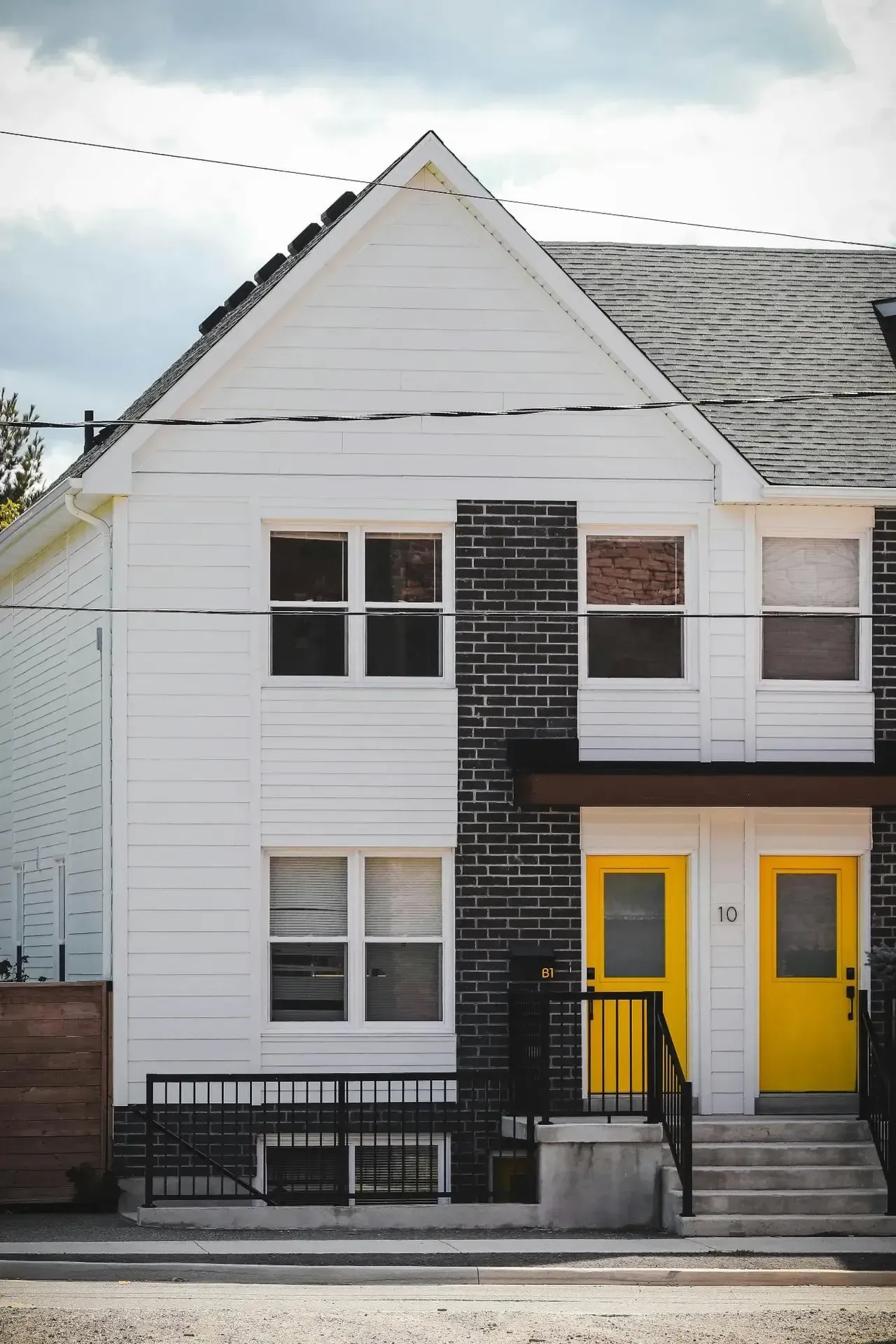
Updating window hardware plays a crucial role in maintaining and enhancing the performance of newly replaced windows. As part of ongoing home improvement efforts, homeowners should consider upgrading locks, handles, and other components to ensure smooth operation and improved security. This process not only addresses potential weak points in window and door systems but also helps prevent issues like leaks and drafts. By choosing hardware that complements the window’s design and functionality, installing additional security features, and replacing worn-out parts, homeowners can extend the life of their windows and maintain a comfortable, secure living environment. Regular hardware maintenance, along with proper caulking techniques, contributes to the overall efficiency and longevity of window installations.
Choose Hardware That Enhances Window Functionality
Selecting hardware that enhances window functionality improves the overall performance and longevity of newly replaced windows. Homeowners should choose durable, corrosion-resistant materials like stainless steel or brass for handles, locks, and hinges to ensure smooth operation and increased security. Opting for multi-point locking systems on casement windows or tilt-and-turn mechanisms for double-hung windows can provide better sealing and improved energy efficiency.
Installing Locks and Security Features for Added Safety
Installing locks and security features enhances the safety of newly replaced windows. Homeowners can add window pins, keyed locks, or wireless security sensors to deter intruders and increase peace of mind. These additions not only improve security but also contribute to the overall value of the home improvement project:
- Window pins for added strength against forced entry
- Keyed locks for consistent security across all windows
- Wireless sensors to integrate with smart home security systems
- Reinforced glass options for vulnerable ground-floor windows
- Child-safety locks for upper-story windows in homes with young children
Replacing Worn-Out Parts to Prevent Future Issues
Replacing worn-out parts prevents future issues and extends the life of newly replaced windows. Homeowners should inspect and replace weatherstripping, window balance systems, and lock mechanisms at the first signs of wear. Prompt replacement of these components ensures smooth operation, maintains energy efficiency, and prevents more costly repairs down the line:
| Component | Signs of Wear | Replacement Frequency |
|---|---|---|
| Weatherstripping | Gaps, cracks, compression | Every 5-10 years |
| Window Balance | Difficulty opening/closing | As needed |
| Lock Mechanisms | Sticking, misalignment | Every 10-15 years |
| Crank Handles | Looseness, grinding | Every 10-20 years |
Energy Efficiency Upgrades to Consider
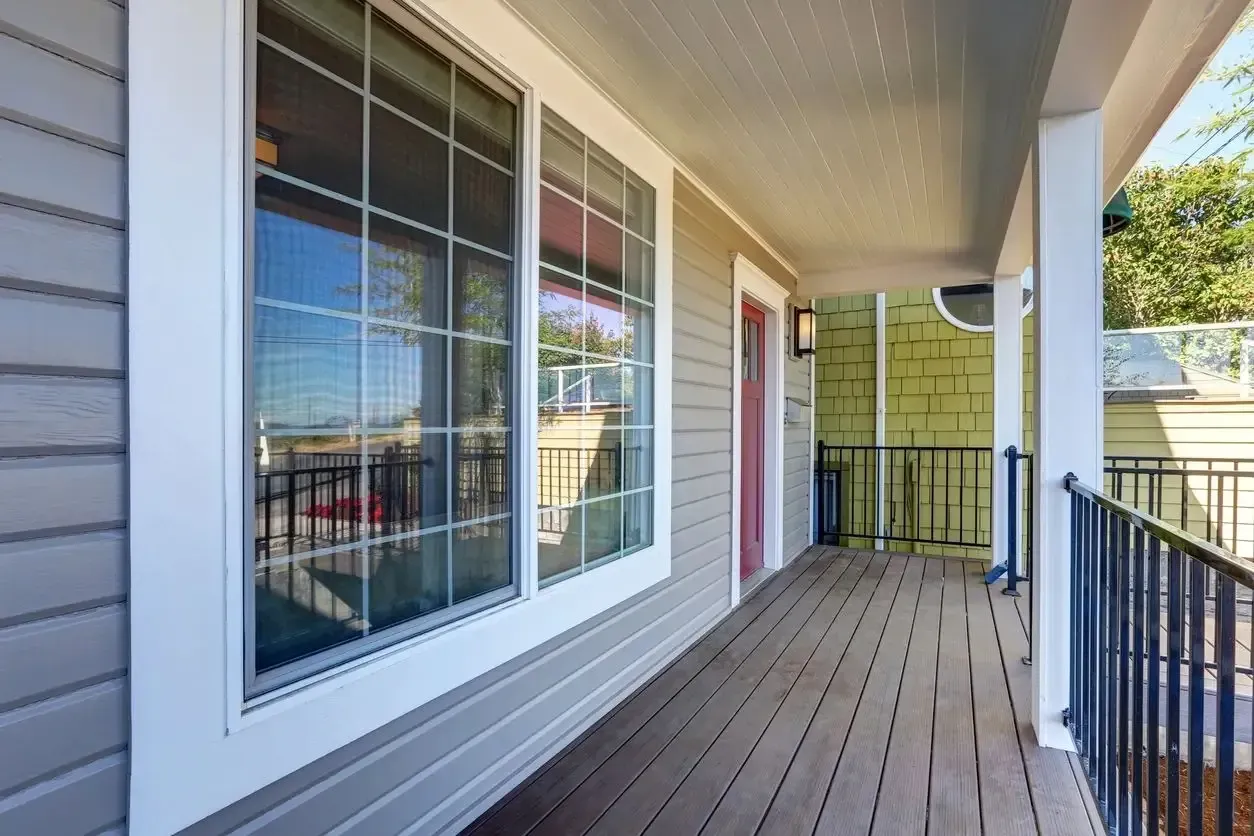
Energy efficiency upgrades can significantly improve the performance and longevity of newly replaced windows. Homeowners looking to maximize their investment should consider options that enhance insulation, reduce heat transfer, and minimize UV radiation. These upgrades not only contribute to a more comfortable living environment but also lead to potential energy cost savings. From applying specialized window films to upgrading to multi-pane glass options, various solutions cater to different budgets and needs. Understanding the benefits of technologies like low-emissivity coatings and inert gas fills can help homeowners make informed decisions about further improving their windows’ energy efficiency.
Install Energy-Efficient Window Films or Coatings
Installing energy-efficient window films or coatings can significantly improve the performance of newly replaced windows. These thin, transparent layers help reduce heat gain in summer and heat loss in winter, lowering energy costs and increasing comfort. Homeowners can choose from various options, including solar control films that block UV rays and low-emissivity coatings that reflect infrared light:
| Film / Coating Type | Benefits | Best For |
|---|---|---|
| Solar Control Film | Reduces glare, blocks UV rays | Sunny climates |
| Low-E Coating | Improves insulation, reduces heat transfer | All climates |
| Privacy Film | Enhances security, reduces visibility | Ground floor windows |
| Decorative Film | Adds style, filters light | Bathrooms, entryways |
Consider Upgrading to Double or Triple Pane Windows
Upgrading to double or triple pane windows significantly enhances energy efficiency and extends the lifespan of newly replaced windows. These multi-layered glass units create insulating air or gas-filled spaces between panes, reducing heat transfer and improving sound insulation. Homeowners opting for this upgrade can expect lower energy bills, increased comfort, and better protection against condensation, which helps preserve window frames and surrounding structures.
Explore the Benefits of Low-E Glass and Gas Fills
Low-E glass and gas fills offer significant benefits for newly replaced windows. Low-E coatings reduce heat transfer through the glass, improving insulation and protecting furnishings from UV damage. Inert gas fills like argon or krypton between panes enhance thermal performance, further reducing energy costs and improving comfort. These technologies work together to extend window lifespan by minimizing temperature fluctuations that can stress window components over time.
Addressing Common Window Issues Promptly
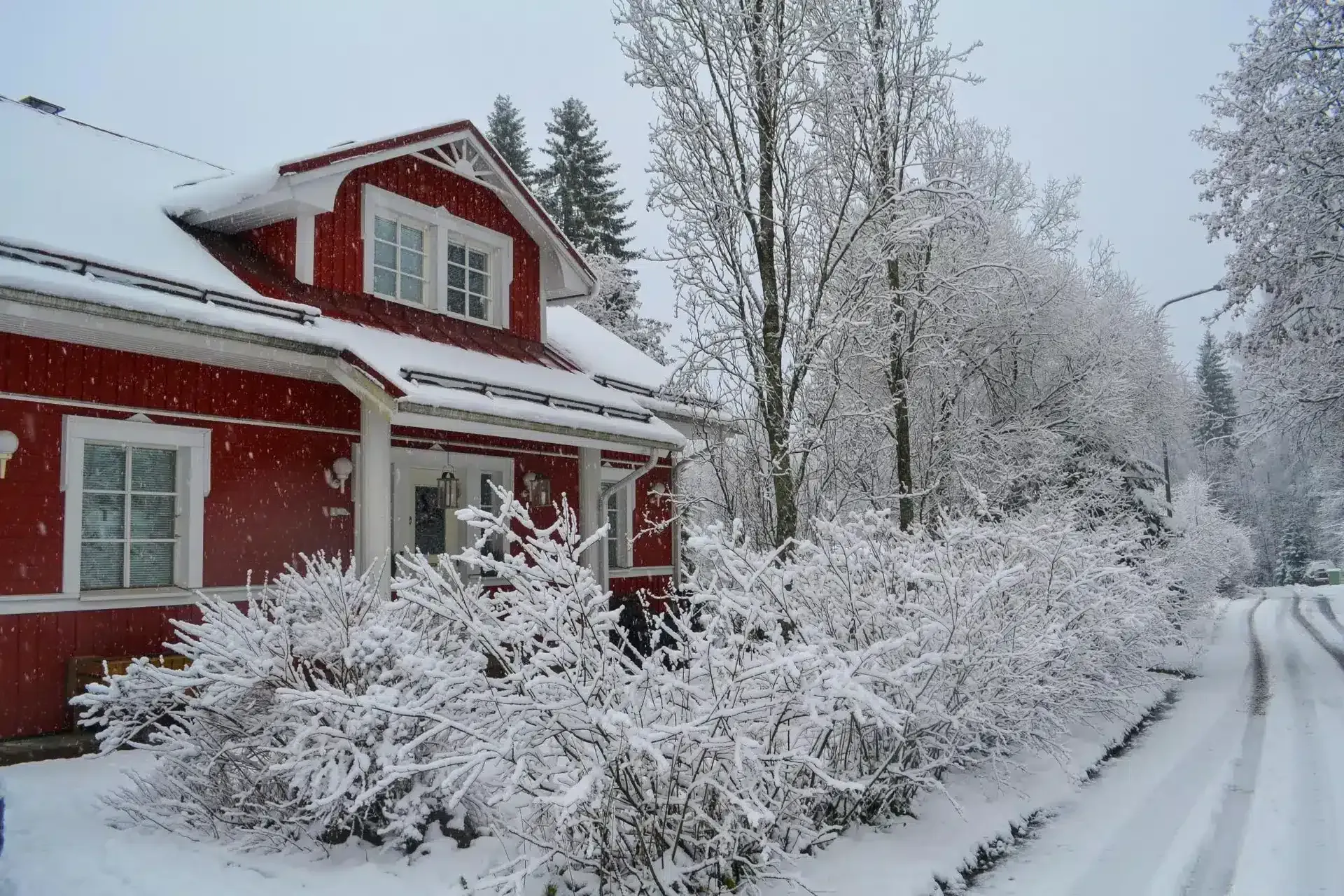
Addressing common window issues promptly is essential for maintaining the longevity and performance of newly replaced windows. Homeowners should be vigilant in identifying and resolving problems such as condensation between panes, leaks and drafts, and damaged screens. By tackling these issues quickly, they can prevent more serious damage, improve energy efficiency, and protect their homes from pests. Regular inspections and timely repairs not only extend the life of windows but also ensure they continue to provide optimal comfort and protection for the home.
How to Deal With Condensation Between Panes
Condensation between window panes indicates a seal failure that compromises the window’s insulation properties. Homeowners should first try to reduce indoor humidity levels and improve ventilation to minimize condensation. If the problem persists, professional defogging services or replacement of the affected glass unit may be necessary to restore the window’s energy efficiency and prevent potential mold growth:
| Step | Action | Expected Outcome |
|---|---|---|
| 1 | Reduce indoor humidity | Less moisture accumulation |
| 2 | Improve ventilation | Better air circulation |
| 3 | Professional defogging | Temporary fix for minor issues |
| 4 | Replace glass unit | Permanent solution for seal failure |
Fixing Leaks and Drafts to Prevent Water Damage
Fixing leaks and drafts promptly prevents water damage and extends the life of newly replaced windows. Homeowners should inspect window frames regularly, especially after heavy rain, to identify any signs of water infiltration or air leaks. Applying fresh caulk or weatherstripping to seal gaps can effectively address minor issues, while more significant problems may require professional intervention to ensure proper sealing and protection against moisture-related damage.
Repair or Replace Damaged Screens to Protect From Pests
Repairing or replacing damaged window screens protects homes from pests and maintains proper ventilation. Homeowners should inspect screens regularly for tears, holes, or frame damage, addressing issues promptly to prevent insects from entering. Small tears can often be patched with screen repair kits, while larger damages may require full screen replacement to ensure optimal protection and airflow.
Planning for Future Window Replacement Projects
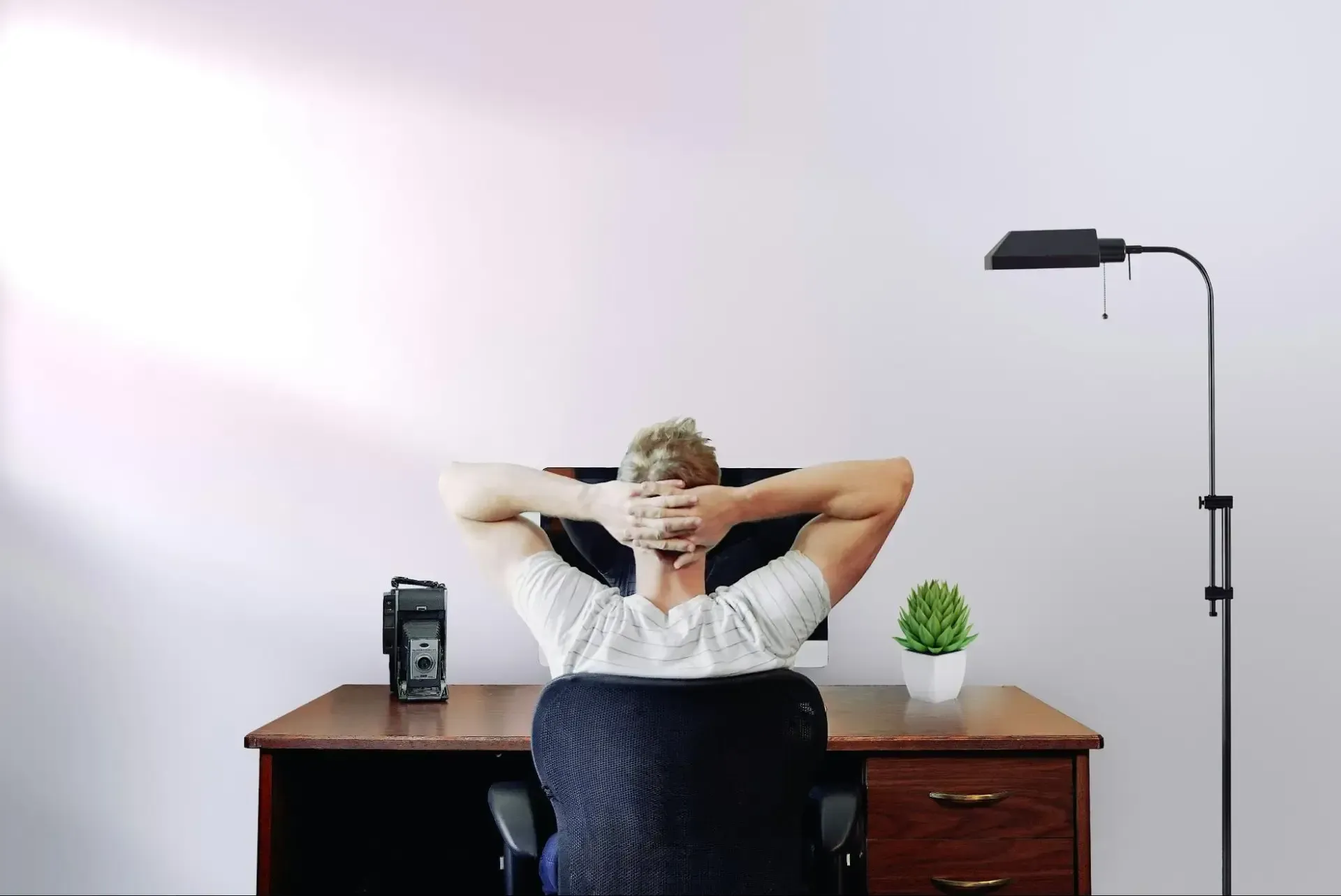
Planning for future window replacement projects is a crucial aspect of maintaining a home’s efficiency and value. By setting timelines based on window materials and age, homeowners can anticipate when replacements might be necessary. Budgeting for upgrades or full replacements allows for financial preparedness, ensuring that quality materials and professional installation can be afforded when the time comes. Consulting with professionals for a tailored maintenance plan provides expert insight into preserving window longevity and performance. This proactive approach helps homeowners avoid unexpected expenses and maintain optimal home comfort and energy efficiency.
Set a Timeline Based on Window Material and Age
Setting a timeline for future window replacements based on window material and age helps homeowners plan effectively. Different materials have varying lifespans, with vinyl windows typically lasting 20-40 years, wood windows 30-50 years, and fiberglass windows up to 50 years. Homeowners should consider these timelines when planning for replacements:
| Window Material | Average Lifespan | Recommended Replacement Timeline |
|---|---|---|
| Vinyl | 20-40 years | Start planning at 15-20 years |
| Wood | 30-50 years | Evaluate at 25-30 years |
| Fiberglass | Up to 50 years | Consider replacement after 40 years |
| Aluminum | 20-30 years | Plan for replacement at 15-20 years |
Budgeting for Upgrades or Full Replacement
Budgeting for window upgrades or full replacement ensures homeowners are financially prepared when the time comes to invest in new windows. By setting aside funds annually, based on the estimated lifespan of current windows and potential energy savings from upgrades, homeowners can avoid financial strain when replacements become necessary. This proactive approach allows for selecting high-quality materials and professional installation, maximizing future window investments’ long-term value and performance.
Consult With Professionals for a Tailored Maintenance Plan
Consulting with professionals for a tailored maintenance plan ensures optimal care for newly replaced windows. Window experts can assess specific environmental factors, window materials, and usage patterns to create a customized maintenance schedule. This personalized approach helps homeowners address potential issues proactively, extending the lifespan of their windows and maximizing energy efficiency:
| Maintenance Aspect | Professional Recommendation | Frequency |
|---|---|---|
| Seal Inspection | Check for gaps and reapply caulk | Annually |
| Hardware Lubrication | Apply silicone-based lubricant | Bi-annually |
| Glass Cleaning | Use non-abrasive, ammonia-free cleaner | Quarterly |
| Frame Inspection | Check for damage or warping | Bi-annually |
Conclusion
Proper maintenance of newly replaced windows is crucial for maximizing their lifespan, energy efficiency, and overall performance. Regular inspections, cleaning, and prompt addressing of issues like drafts, leaks, and hardware wear can prevent costly repairs and ensure optimal functionality. Homeowners should consider energy efficiency upgrades, such as window films or multi-pane glass, to enhance comfort and reduce energy costs. By implementing a tailored maintenance plan and budgeting for future replacements, homeowners can protect their investment and enjoy the benefits of well-maintained windows for years to come.


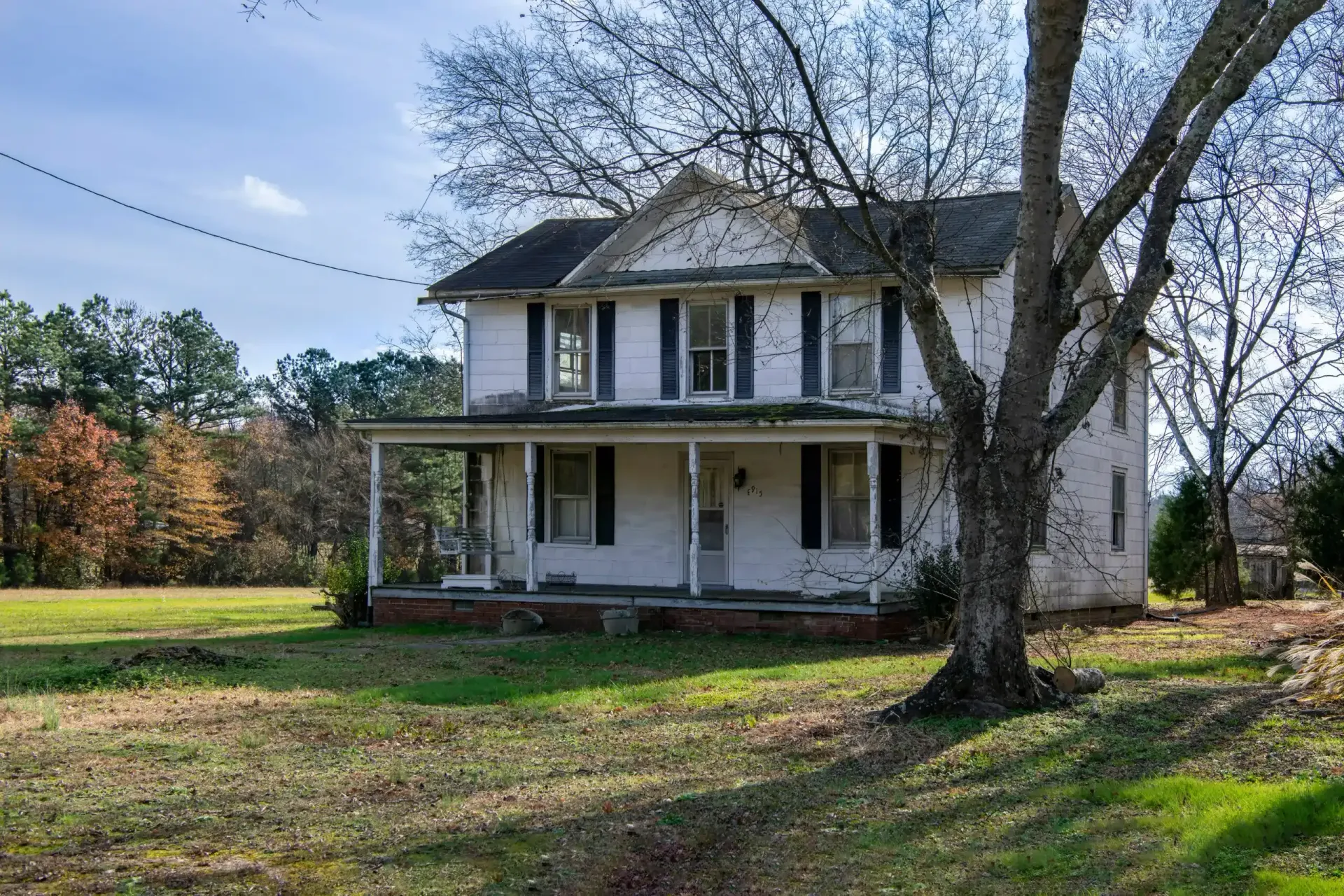

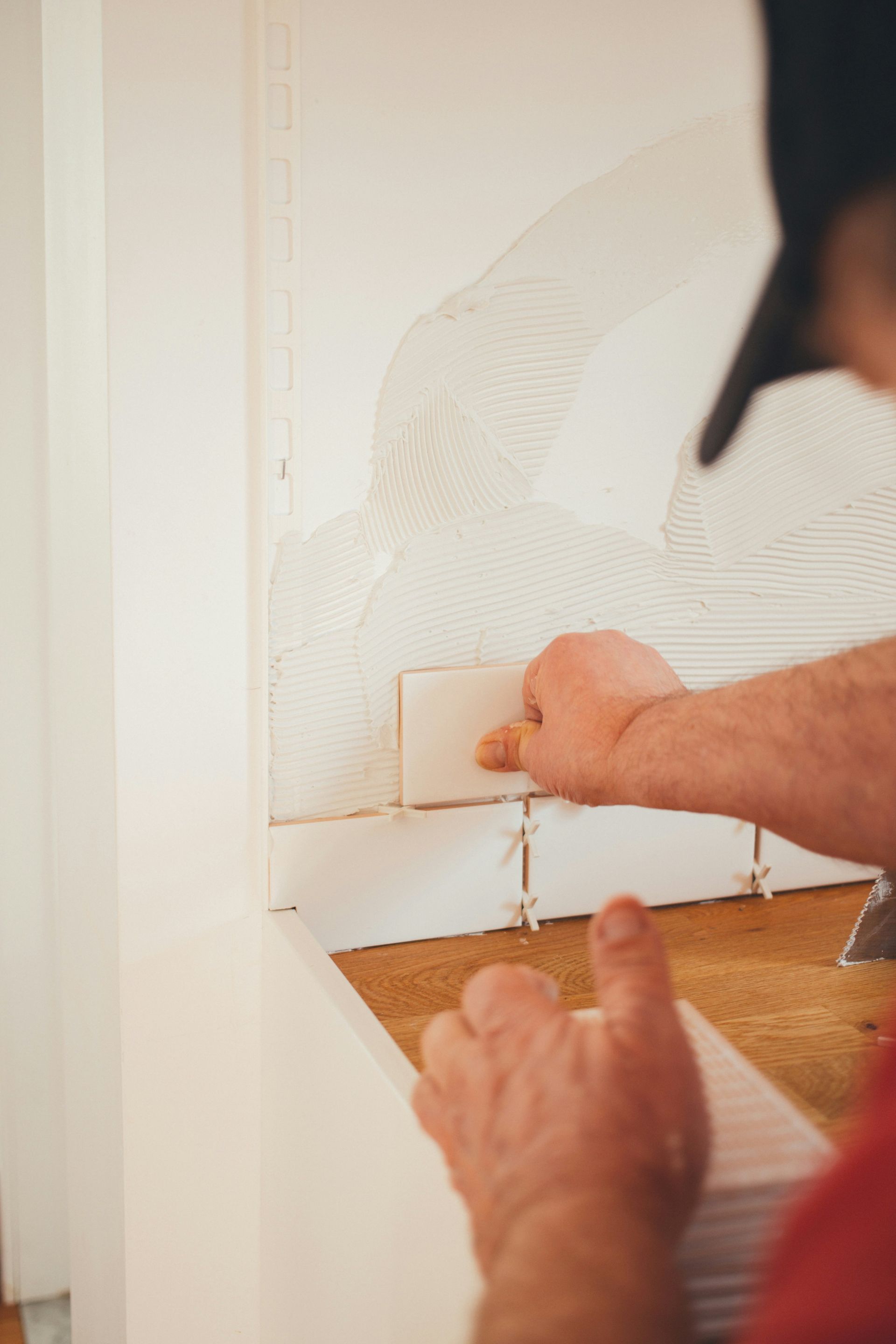

Share On: